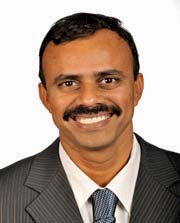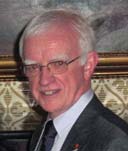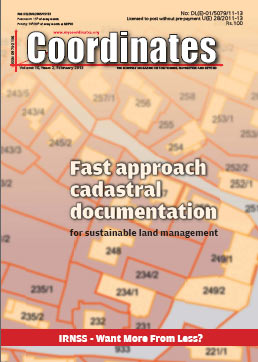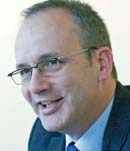
Geospatial Information Authority of Japan (GSI) is the governing institute on geodetic survey and mapping. It manages about 130,000 geodetic reference points in Japan and their survey results are consistent with the International Terrestrial Reference Frame. The recent development of GNSS technology led to more than 1,200 GNSS-based control stations with operation system called GEONET as new geodetic reference points.

The Solutions for Open Land Administration (SOLA) Open Source Software project is a 3 year trust fund project, funded through the Government of Finland and implemented by a project team within the UN FAO.
Its aim is to make computerized cadastre and registration systems based on open source software more affordable and more sustainable in developing countries.

Disaster management is a widely discussed topic around the world and more so in recent years because of large scale disasters experienced around the globe. Most discussions appear to be siloed to a particular field of expertise although it is well recognised that a coordinated effort is required amongst

The methodologies of land surveying remained largely unchanged over hundreds, if not thousands, of years. Computational methods were enhanced with the use of logarithmic tables introduced by Napier in the 17th century, and supplemented by hand-powered rotational cylinder mechanisms for speed of calculation first introduced by Pascal, also in the 17th century. These were later to be electrified in the 20th century prior to the invention of the…
















 (5.00 out of 5)
(5.00 out of 5)